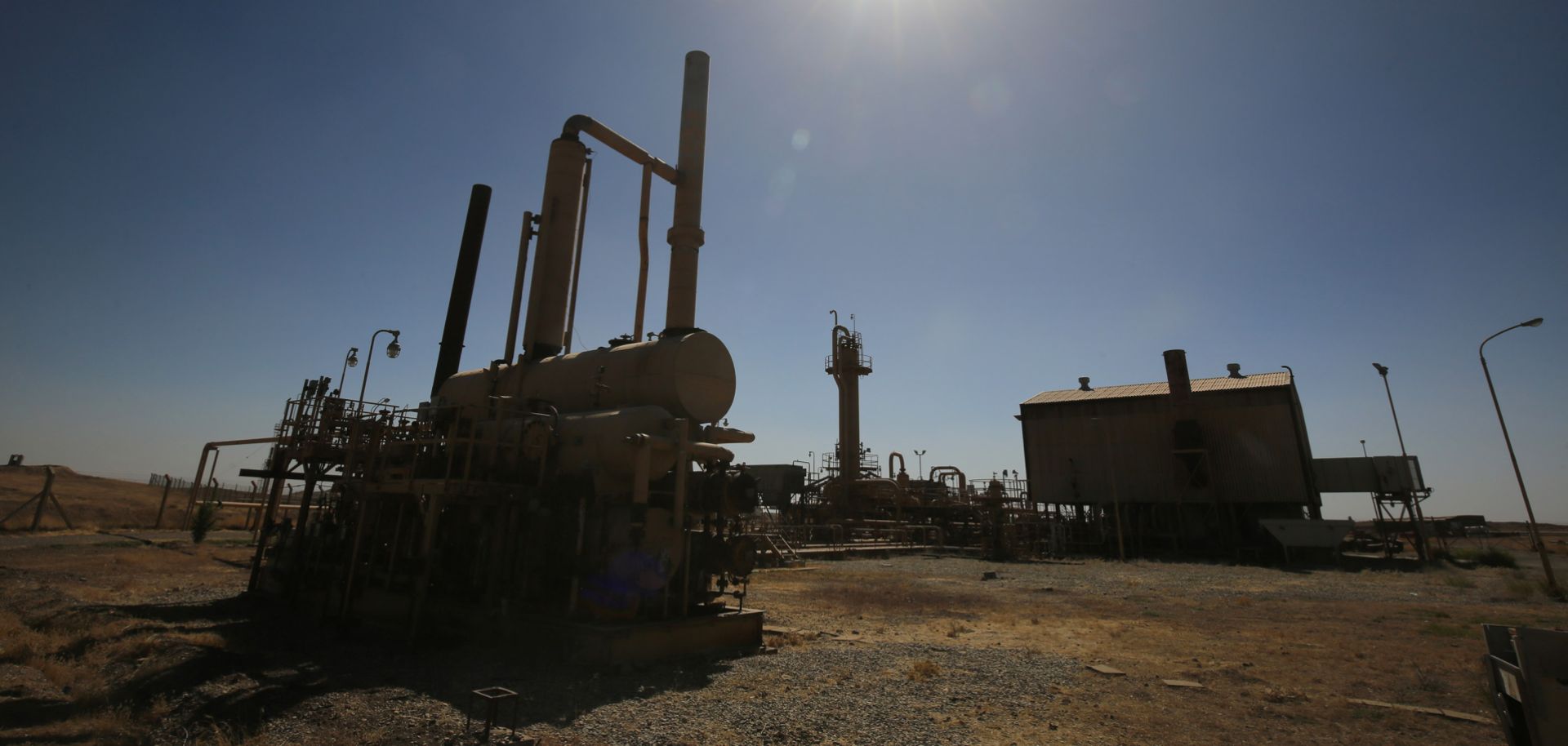ASSESSMENTS
Has a Bull Oil Market Returned?
Apr 19, 2018 | 21:52 GMT

Oil prices have hit a three-year high, nearing $74 a barrel. Some news reports say Saudi Arabia would like to see prices as high as $100 a barrel.
(AHMAD AL-RUBAYE/AFP/Getty Images)
Highlights
- Saudi Arabia and other major oil producers may reach their goal of reducing global oil inventories to their five-year average by the next OPEC meeting, scheduled for June.
- With that part of the strategy complete, Saudi Arabia is seeing other reasons — including boosting the valuation of Saudi Aramco — to support higher prices.
- But it's not just Saudi Arabia's strategy that has helped bring oil prices to their highest level since November 2014; structural factors that have leaned heavily on oil producers like Venezuela and the prospects for production in Libya and Iran have contributed to the higher prices.
Subscribe Now
SubscribeAlready have an account?
